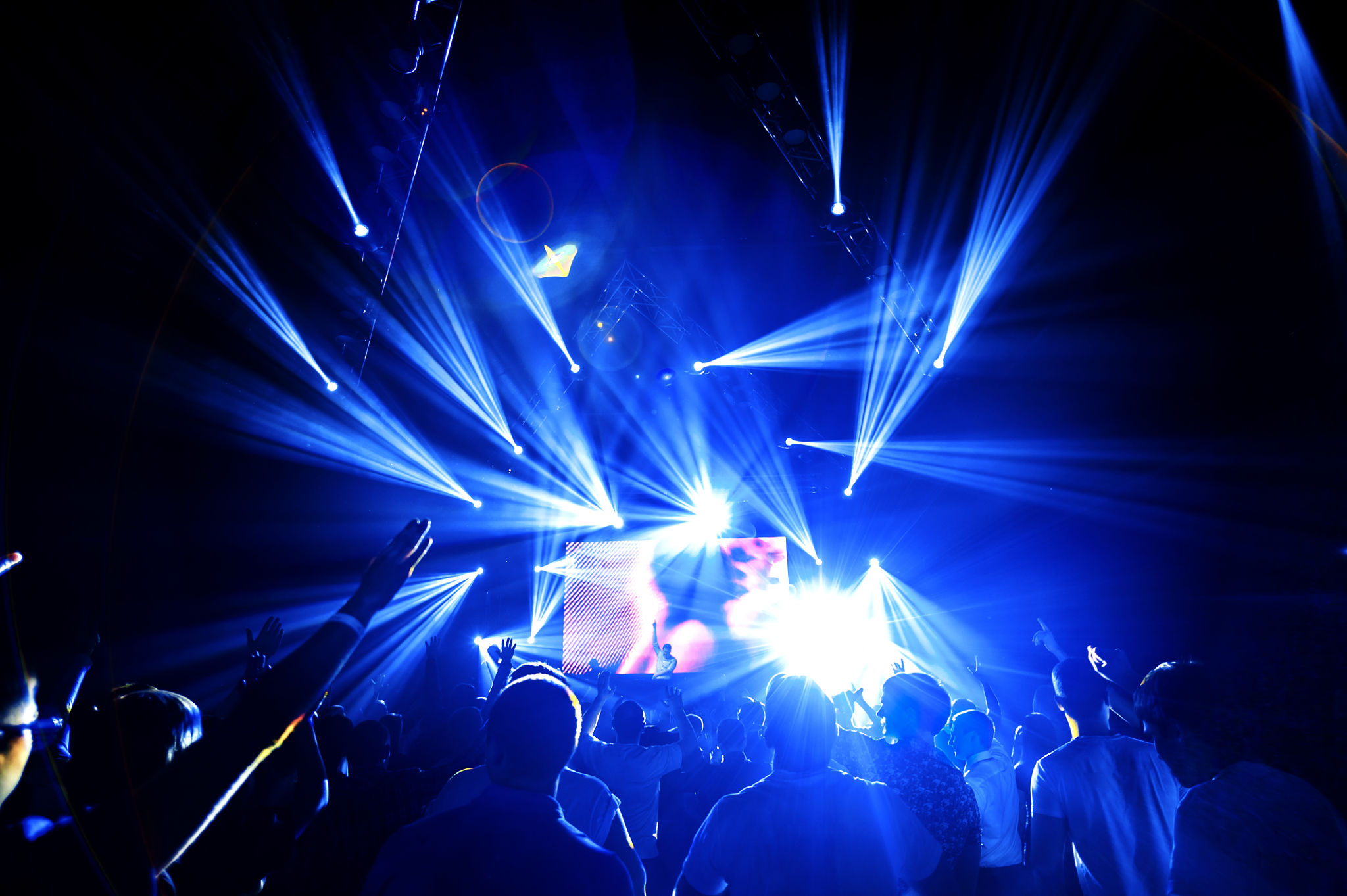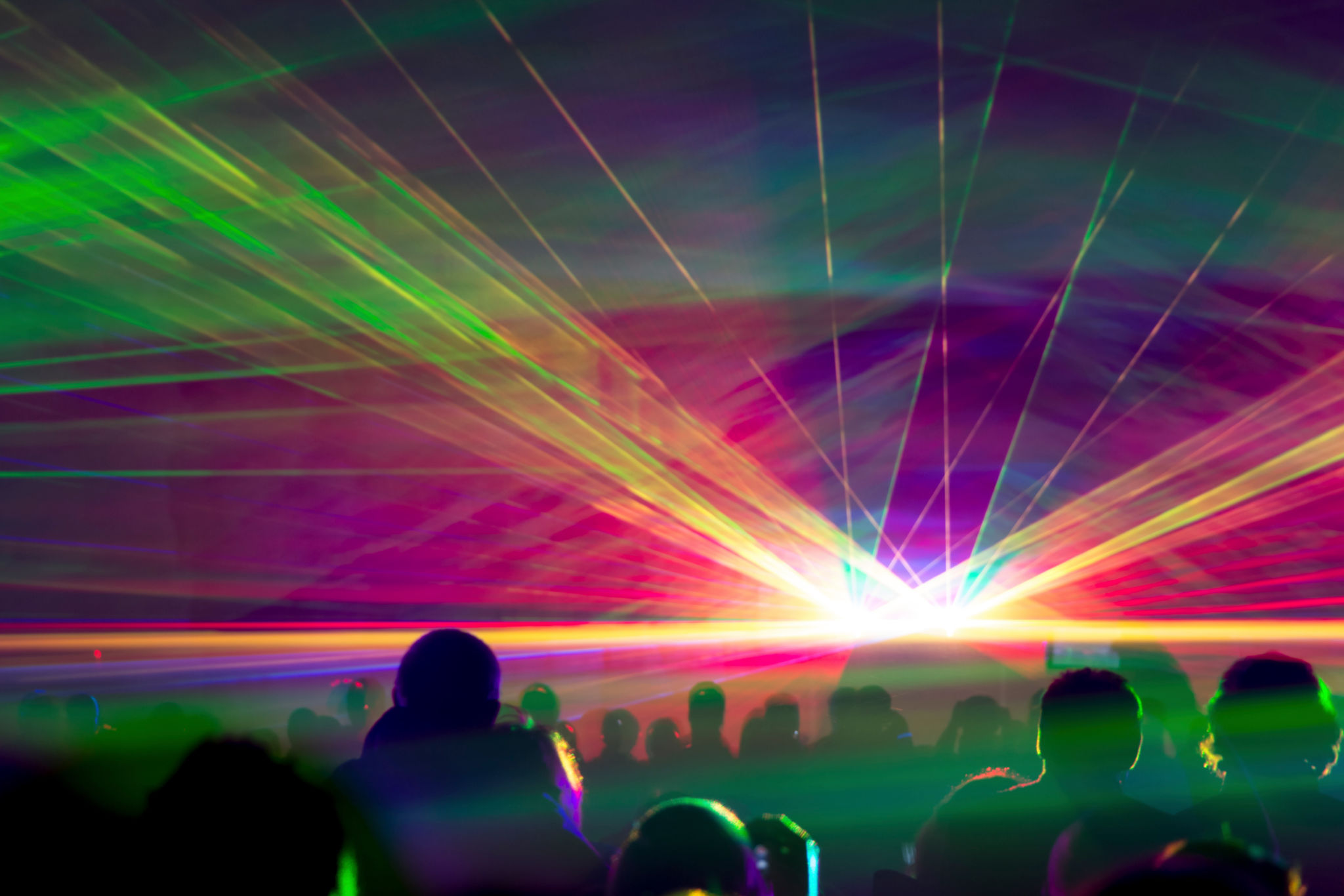The Evolution of Electronic Music: A Journey with Intricate
The Birth of Electronic Music
Electronic music has a fascinating history that dates back to the early 20th century. The journey began with the invention of electronic instruments like the theremin and the ondes Martenot. These instruments opened up new possibilities for sound creation, paving the way for what would become a revolutionary genre.
In the 1950s and 60s, composers like Karlheinz Stockhausen and Pierre Schaeffer started experimenting with electronic sounds, setting the foundation for future electronic music. Their pioneering work demonstrated the potential of electronic synthesis and tape manipulation, influencing countless artists in the years to come.

The 1970s saw the rise of synthesizers, which became more affordable and accessible, leading to a surge in electronic music production. This era featured iconic instruments like the Moog synthesizer and the ARP 2600, which became staples in music studios worldwide.
The Golden Age of Synth Pop
The 1980s marked a pivotal moment in the evolution of electronic music, often referred to as the "Golden Age of Synth Pop." Artists like Depeche Mode, Kraftwerk, and New Order dominated the charts with their innovative use of synthesizers and drum machines.
This period saw the emergence of genres like synth-pop and new wave, characterized by catchy melodies and electronic beats. These genres not only shaped the sound of the decade but also influenced fashion, culture, and art.

With advancements in technology, musicians could now create complex arrangements using MIDI (Musical Instrument Digital Interface), which allowed electronic instruments to communicate with each other. This innovation revolutionized studio production and live performances.
The Rise of Dance Music and Rave Culture
As the 1990s arrived, electronic music took on a new form with the rise of dance music and rave culture. Genres like house, techno, and trance gained immense popularity, driven by DJs and producers who pushed the boundaries of sound.
Dance music became synonymous with nightclubs and festivals, where people gathered to experience the euphoric energy of live DJ sets. The underground rave scene played a crucial role in spreading electronic music across the globe.

The use of samplers and sequencers allowed producers to experiment with diverse soundscapes, resulting in tracks that were both hypnotic and dynamic. This era laid the groundwork for modern electronic dance music (EDM).
The Digital Revolution
The turn of the millennium brought about a digital revolution that transformed electronic music once again. With the advent of digital audio workstations (DAWs) like Ableton Live and FL Studio, producing high-quality tracks became accessible to anyone with a computer.
This democratization of music production led to an explosion of creativity, as bedroom producers began crafting hits from their own homes. Platforms like SoundCloud allowed artists to share their music with a global audience, further accelerating the growth of the genre.

The digital era also saw the rise of sub-genres such as dubstep, electro-house, and future bass. These styles pushed the boundaries of sound design and production techniques, captivating audiences around the world.
The Future of Electronic Music
Today, electronic music continues to evolve at a rapid pace. Artists are constantly exploring new sounds and incorporating elements from different genres. The fusion of electronic music with live instrumentation has created unique collaborations that blur genre lines.
Technological advancements like virtual reality and artificial intelligence are poised to further revolutionize how we create and experience music. As we look to the future, one thing is certain: the evolution of electronic music is far from over.
Whether you're a longtime fan or new to the genre, there's no denying that electronic music has made a significant impact on the global music landscape. Its rich history and innovative spirit continue to inspire artists and listeners alike.